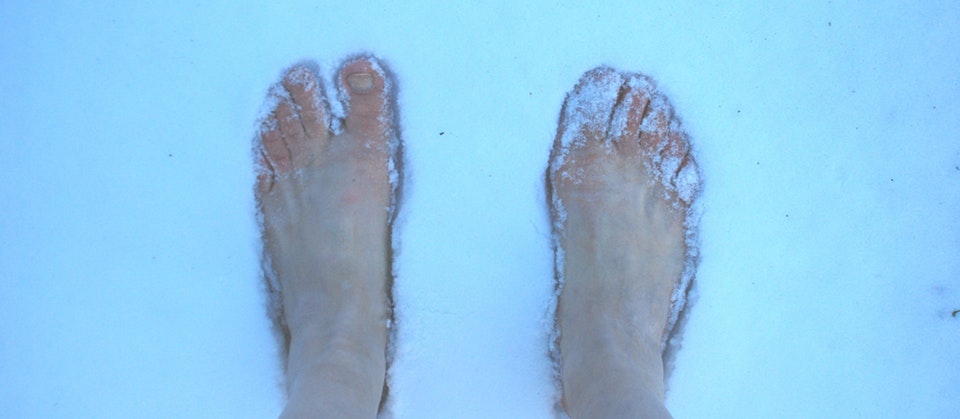We Ski Divas love our ski clothes. In fact, TheSkiDiva forum has an entire thread on jackets we’ve loved and bought (over 100 pages long!), and one on ski pants, too. But ski clothing is meant to be played in, and that means it can get pretty dirty. Stains, dirt, sweat — they all find their way into the fabric and definitely need to be removed.
I know: a blog post about laundry? But really, this is important. No one wants to smell your body odor. Not even you.
Luckily, one of our forum members is Penny Schwyn, a technical clothing expert. The owner of Specialty Outdoors in Spokane, Washington, Penny has been working with outdoor apparel since the 1980’s, and is factory authorized to repair items from The North Face™, Helly Hansen™ and TREW Gear™. She gave us some tips for taking care of your ski clothes:
• I run into people all the time who think washing will damage their outerwear. Honestly, you get more damage with a build-up of grime, body oil, sweat, dirt, and all the other stuff that accumulates through use. Ever seen a 15 year old parka that’s never been washed? Ewwwww. No matter what, the DWR (Durable Water Repellency) is going to wear off over time; it depends more on environmental factors than laundering. In fact, not washing regularly will cause something called “masking”, which causes it not to perform properly.
• Wetting out (surface fabric soaking through in rain) is a sure sign that your DWR needs to be reapplied. Putting jackets in the dryer at a moderate temp will help reactivate the DWR, though it does need to be reapplied every so often, no matter what the brand or how much you paid. You can also reactive the DWR by touching up the garment with an iron.
• Washing your shell is a multi-step process. You have to clean it first and then retreat the surface with a DWR application. Start by checking the manufacturer’s tag for any special instructions. To get your garment really clean, pretreat any grimy areas, wash it with a regular liquid detergent, and then rinse it THREE times before using G-wash or Tech-Wash. G-Wash and Tech Wash are vehicles for getting the DWR to adhere to your item, more than an actual cleaning product. This is why it’s suggested to wash it in regular detergent first, rinse extremely well, then use the G-Wash, followed up with DWR application according to the directions.
• Do not use fabric softener on wicking or technical fabrics. It coats the fibers and reduces their action.
• A too-hot dryer can cause all sorts of problems from delamination of the face membrane or seam tape, to actually melting zippers.
• Woolite is too harsh for sweaters and similar items; it has added chemicals to make them feel “conditioned.” Baby shampoo does the same thing and is a lot cheaper.
• According to Gore-Tex, you can use Shout and other products on grease and grime. I’ve also used a mild Simple Green solution, but your results may vary. If you’ve got a white coat with grease on it, don’t expect perfection. The best way to prevent nasty grime at the collar and cuffs is with regular launderings. We do our coats twice a season, and I re-treat them in the spring before I put them away.
• For garments insulated with down, declumping as you dry is critical. People send me things to repair that have damp clumps in them. I know it’s tedious, but it’s very important. Dry your down items on an extremely low or air setting, adding tennis balls to break up clumps. You may also need to do some manual declumping.
• Dry cleaning is not recommended for outdoor gear, but if you must dry clean, ask for a clear rinse.
• People complain their Gore-Tex items leak in the rain. This probably isn’t the case. More likely, condensation is building up on the inside. Gore-Tex and similar fabrics are designed to work in cold, drier conditions; not wet humid ones. Those billions of microscopic pores can only move so much vapor. If it’s really wet out, or if you’re perspiring heavily, you are overtaxing the ability of the fabric to function and you will be wet. Gore-Tex and similar garments do have a finite lifetime. The lifetime warranty you get from a manufacturer is product lifetime, not your lifetime. With good care, you should get many years of use out of your investment.
Thanks for the great advice, Penny!
And now, for the million dollar question: how do you remove chair grease from your jacket or pants? I got the following procedure years ago from the kind folks at Okemo Mountain Resort (thanks, Okemo!), and have used it since then with considerable success.
1. Spray each stain with WD-40 and let set for half an hour or more.
2. Put a small amount of Joy dish soap on each stain and scrub it in with a toothbrush.
3. As the stain begins to release, blot off with paper towels.
4. Continue until the stains are no longer visible.
5. If the stains are still visible, do steps 1 – 4 again.
6. Wash off the affected areas with cold water in the sink.
7. Wash the item according to its instructions.
8. If the stain is still visible, do not put it in the dryer. Instead, begin the process again.
9. When the stain is out, apply a DWR treatment and head for the slopes.



